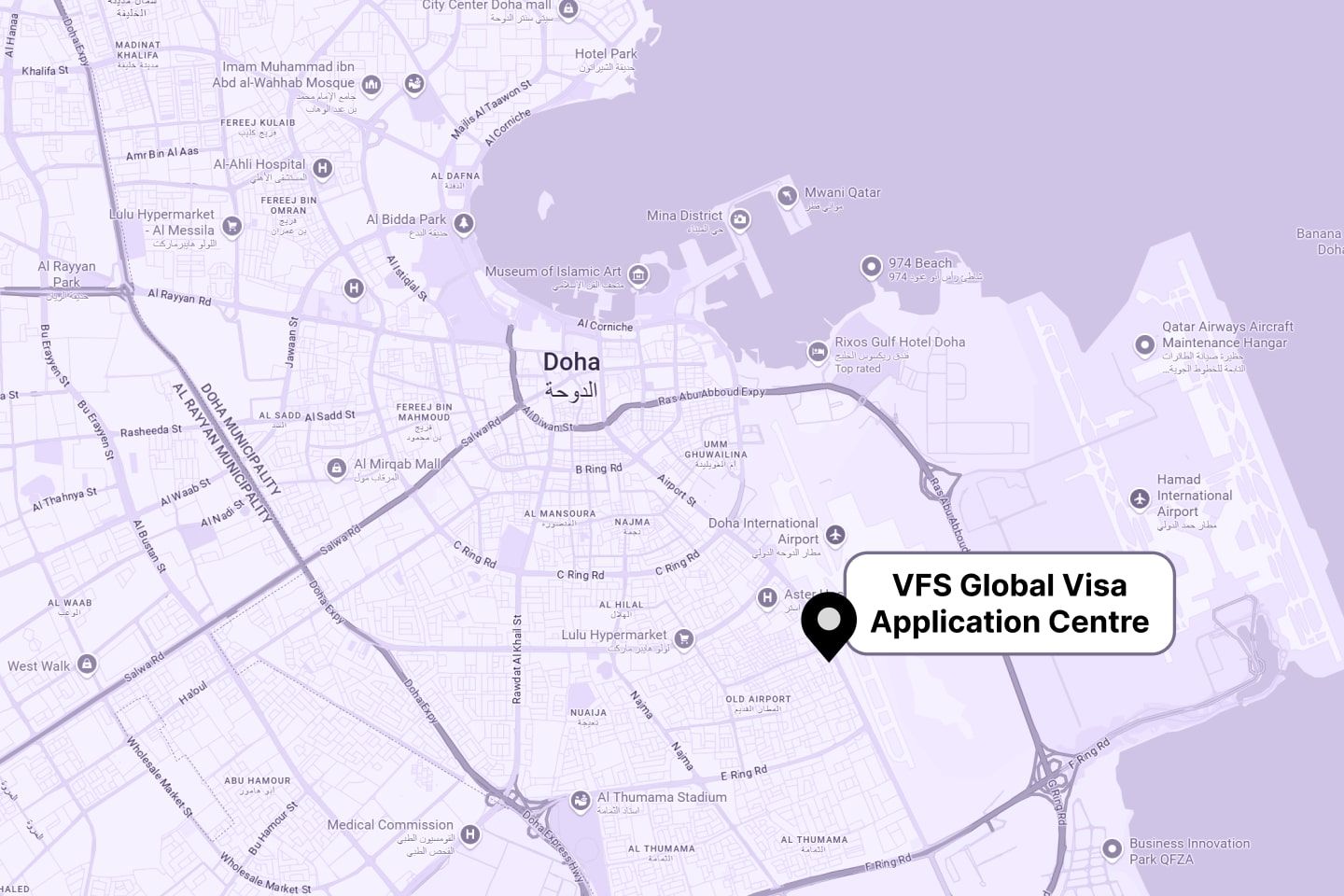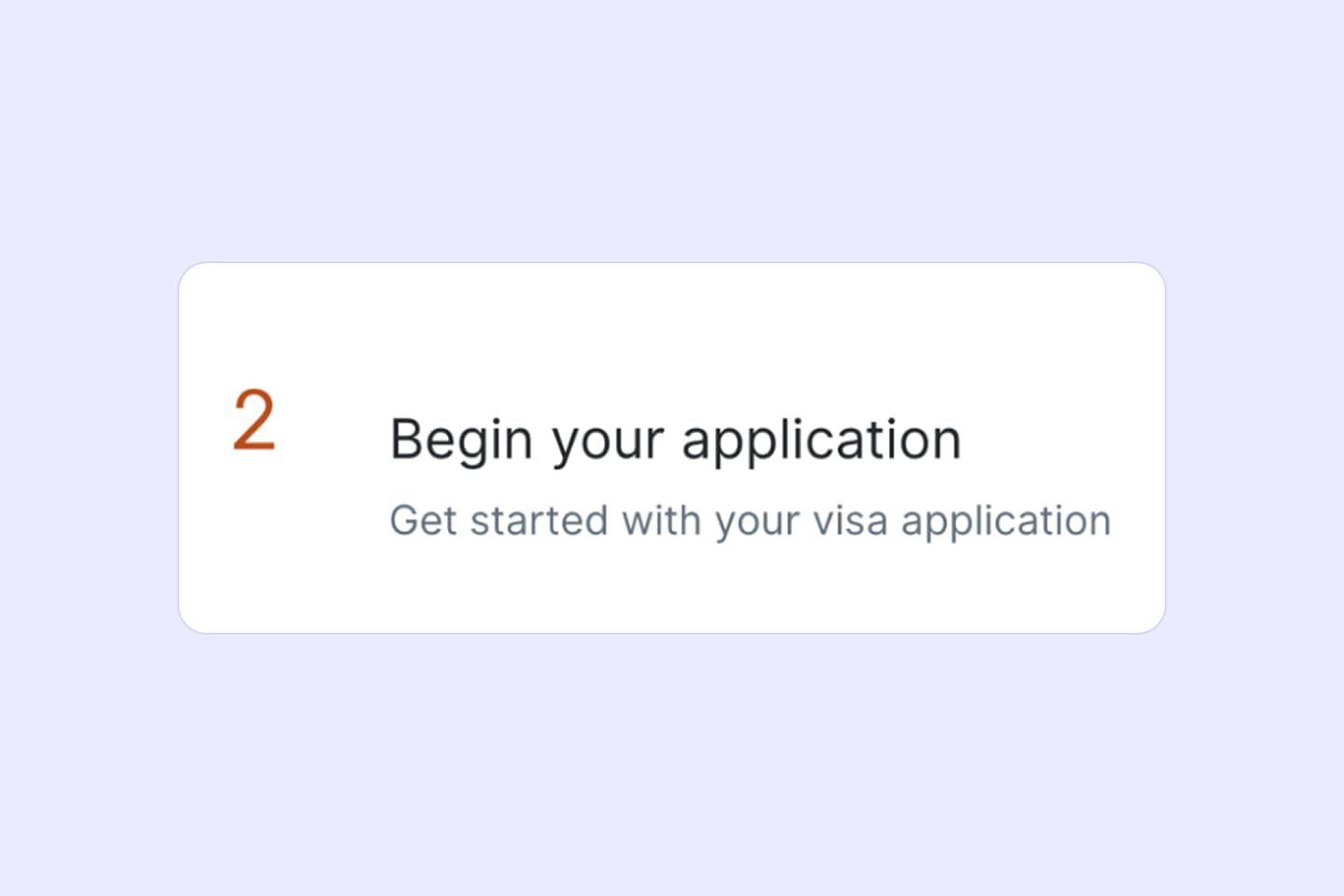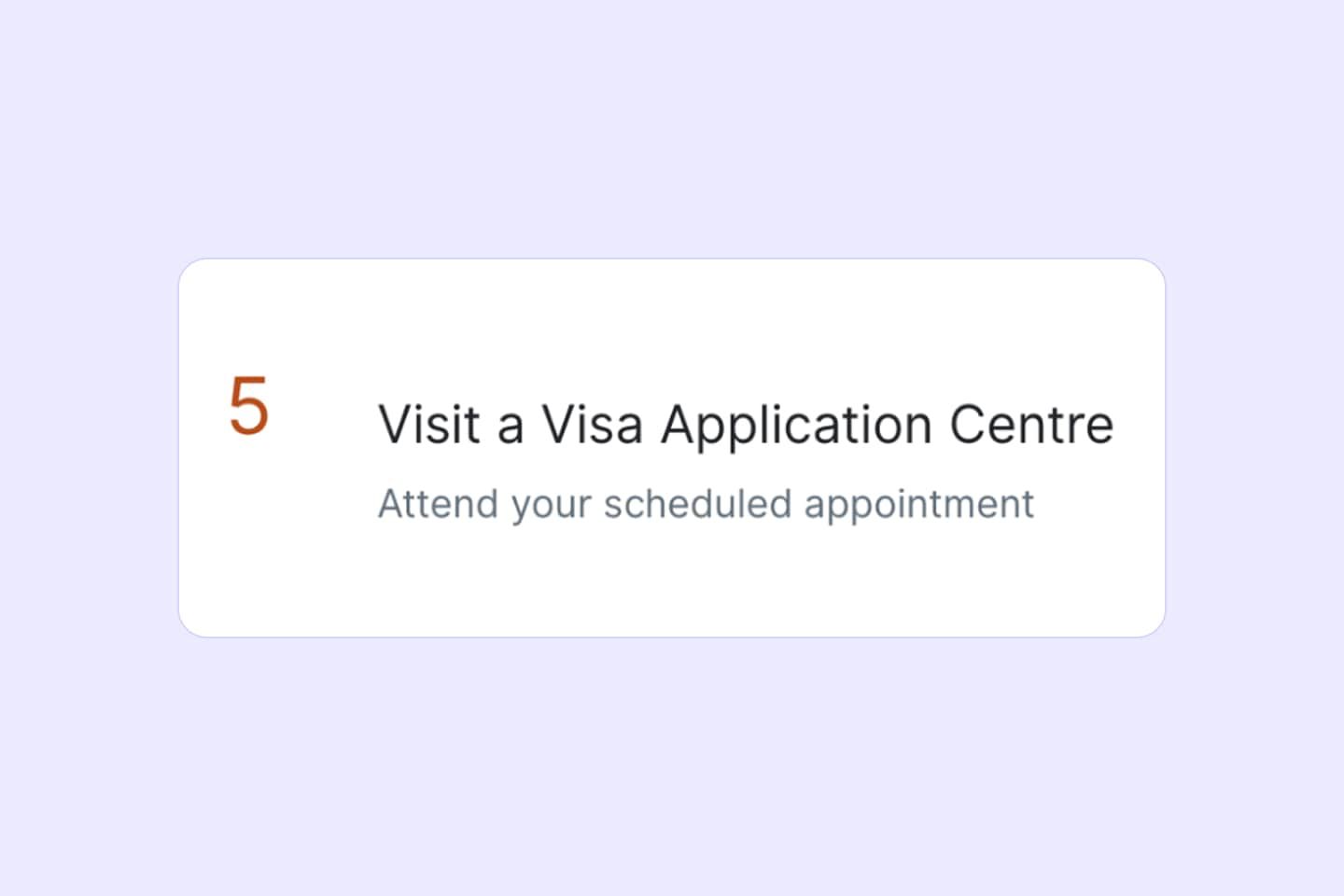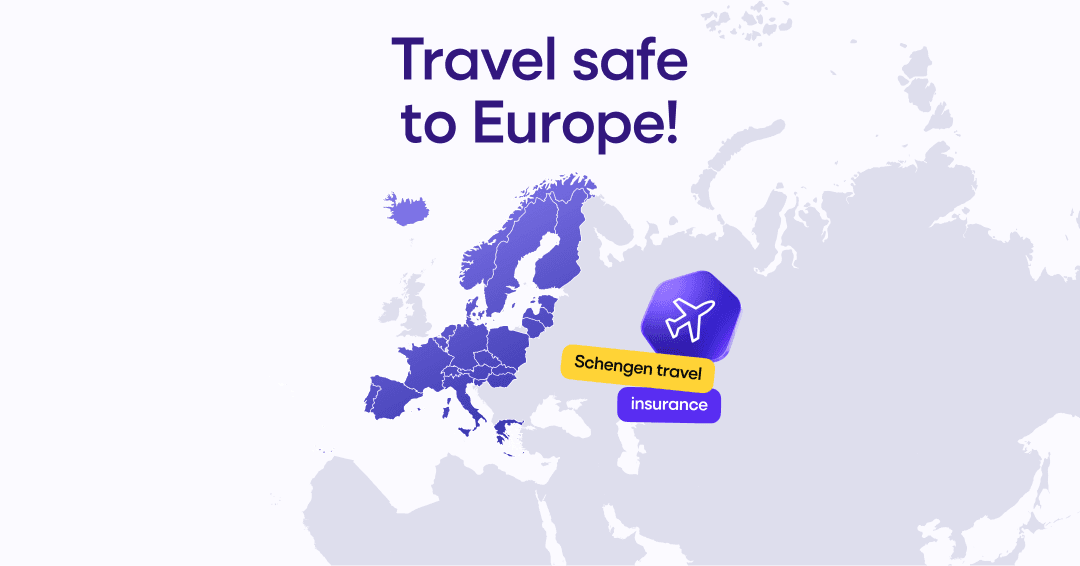Contents
Planning a trip to Europe can be exciting, but for Qatar-based travelers, navigating the Schengen visa process can feel overwhelming. With multiple countries and varying requirements, it’s easy to get lost in the details. This guide breaks down the requirements, documents, and steps so you can apply with confidence and avoid delays.
Countries requiring a Schengen visa
The Schengen Area is a group of European countries that agreed to abolish border controls for their citizens. 29 of the 50 European countries participate in this agreement. To visit any of them, you need a special Schengen visa.
It will let you enter Austria, Belgium, Bulgaria, Croatia, the Czech Republic, Denmark, Estonia, Finland, France, Germany, Greece, Hungary, Iceland, Italy, Latvia, Liechtenstein, Lithuania, Luxembourg, Malta, the Netherlands, Norway, Poland, Portugal, Romania, Slovakia, Slovenia, Spain, Sweden, and Switzerland.
Don’t confuse Schengen and the European Union. These are two different things. Not all EU member states are part of the Schengen Area. And not all Schengen participants are members of the EU. There is also the United Kingdom, which withdrew from the EU in 2020. Here you can learn how to get a UK visa from Qatar.
Types of visas
Based on the aim of your travel and the planned duration of stay, you may apply for several types of tourist visas.
Uniform Schengen Visa (USV): It allows visiting any Schengen country. Such documents come in two types:
Type A: For transit passengers who use air transport to travel. This visa lets you stay in the Schengen Area without access to any territories aside from the airport.
Type C: For Qatari citizens and residents who plan to spend up to 90 days in the Schengen Area within a half-year period. Such permission can be issued for single, double, or multiple entries.
Limited Territorial Visa (LTV): Grants entry to one or several Schengen countries but doesn't allow travel throughout the Schengen area.
Type D: Also called a national visa, allows entry into only one Schengen country and is intended for long-term stays. They are never issued for tourism unless you are visiting the country for medical treatment and your treatment duration lasts more than 90 days.
Schengen visa application requirements for Qatar residents
To be able to get approval for visiting the Schengen Area, you need to provide documents that meet visa requirements:
| Document | Requirements |
| Passport | Valid for a minimum of 3 to 6 months after the visa expires, with a minimum of two blank pages |
| Visa application form | Depending on visa type and the country |
| Two passport-sized photos | Taken no earlier than half a year ago, with a white background |
| Bank statement showing proof of funds | Amount depends on the country |
| Schengen visa insurance | Needs to cover emergency medical care, hospitalisation, and repatriation (including in the event of death) |
| Flight reservation | Including a return ticket |
| Accommodation proof | Hotel reservation/invitation letter |
| Additional documents depending on the citizenship status | Copies of passport information pages, any previous Schengen visas, and a residence permit for non-citizens |
| Additional documents depending on the visa type | Proving why the applicant is requesting the specific visa type, translated into languages accepted by the country's embassy |
For travelers younger than 18, you should also collect:
-
Copies of passports of both parents or their legal representatives
-
Letters of consent from parents or legal representatives
-
Birth certificate copy
-
Proof of adoption if a child is adopted
-
Proof of parents’ divorce if they are divorced
-
Proof of death if one or both parents are deceased
If, for some reason, you can't make a journey within your visa's validity period, a visa extension is not possible. You’ll have to go through the procedure again.
Visas cost € 90 for adults, € 45 for children aged 6-12, € 35 for applicants from Armenia, Azerbaijan, and Belarus, and € 67,50 for applicants from Cabo Verde. Additional fees may apply for applications through visa service centers.
Who can get a Schengen permit
You can apply for a Schengen permit if you hold a Qatari passport or you are a non-Qatari citizen residing in the country under a valid temporary or permanent residence permit.
In addition, you must fulfil the general Schengen visa eligibility requirements:
-
Be a national of a country outside the EU/EEA/Switzerland
-
Apply at the consulate/visa centre of the Schengen country where you legally reside. This is a general rule, exceptions apply
Where to apply
To travel from Qatar, you can use the VFS Global visa service — a visa application center in Doha that handles applications for all Schengen countries.

Another option is to buy tour packages that cover such services. Finally, you can get the visa at the consulate of the country you intend to visit — if you are going to spend equal periods in several European countries, apply for permission to the embassy of the Schengen state of your first entry.
Step-by-step visa application process
1. Visit VFS Global and select the type of visa

2. Complete the application form online via the VFS Global service and print it — or via the embassy’s website

3. Collect other documents required for a Schengen permit and book and appointment

4. Pay your fees

5. Attend your scheduled appointment

6. Monitor the progress of your application

7. Once a decision has been made, you’ll receive your passport either at the application center or embassy — delivery services are also available for certain visas

FAQ
Which countries are on the Schengen list
How to get a visa to France from Qatar?
How to apply for an Italy tourist visa from Qatar?
Which Schengen country is easy to get a visa for from Qatar?








